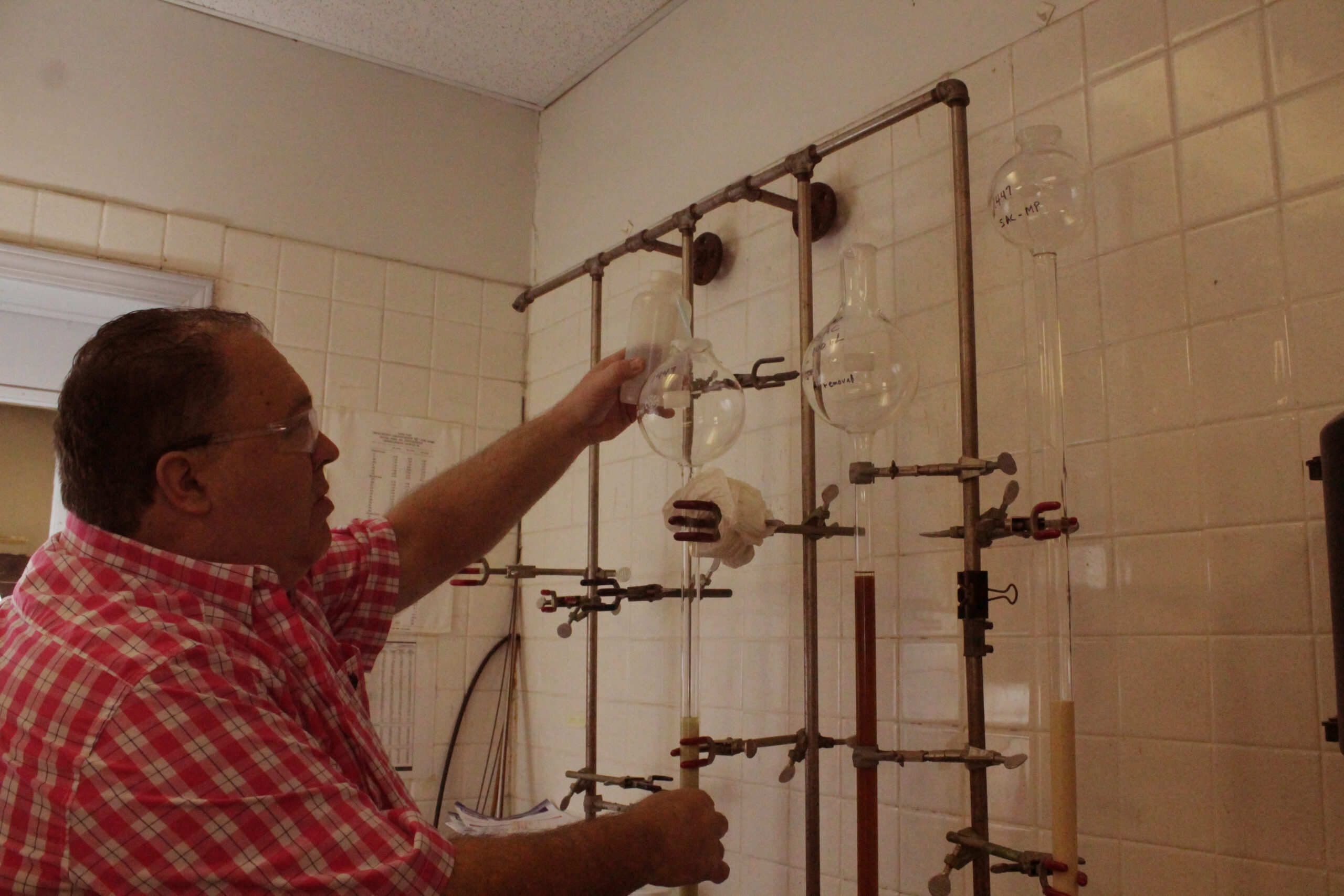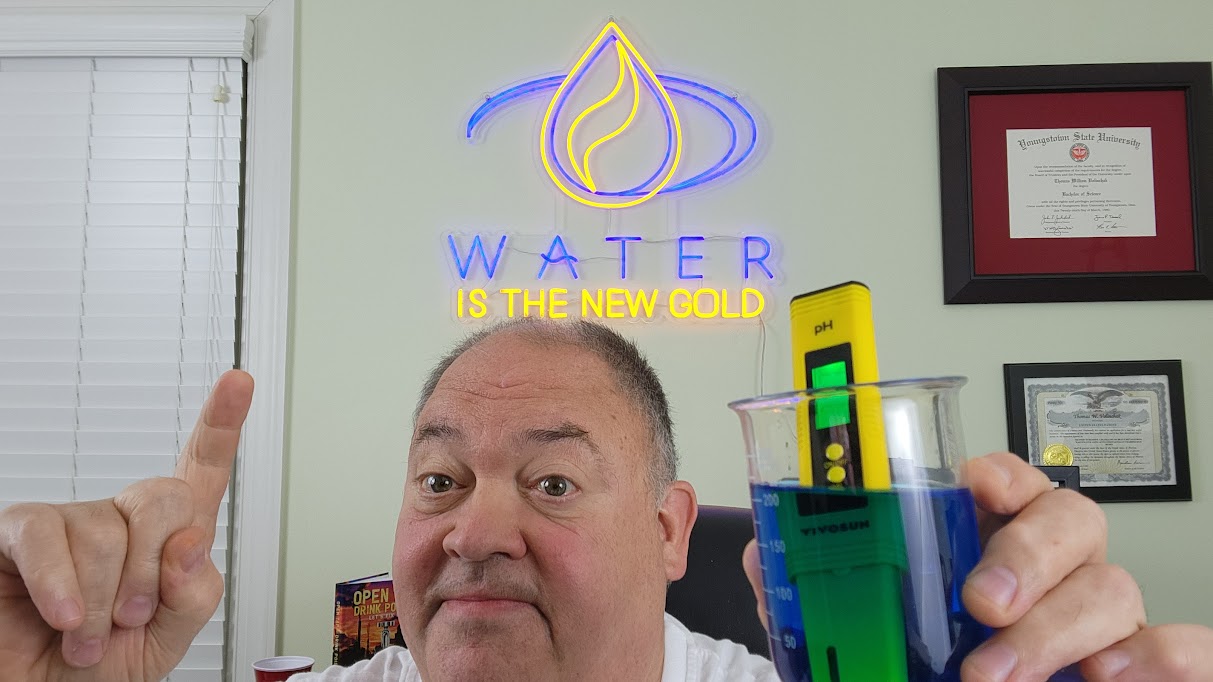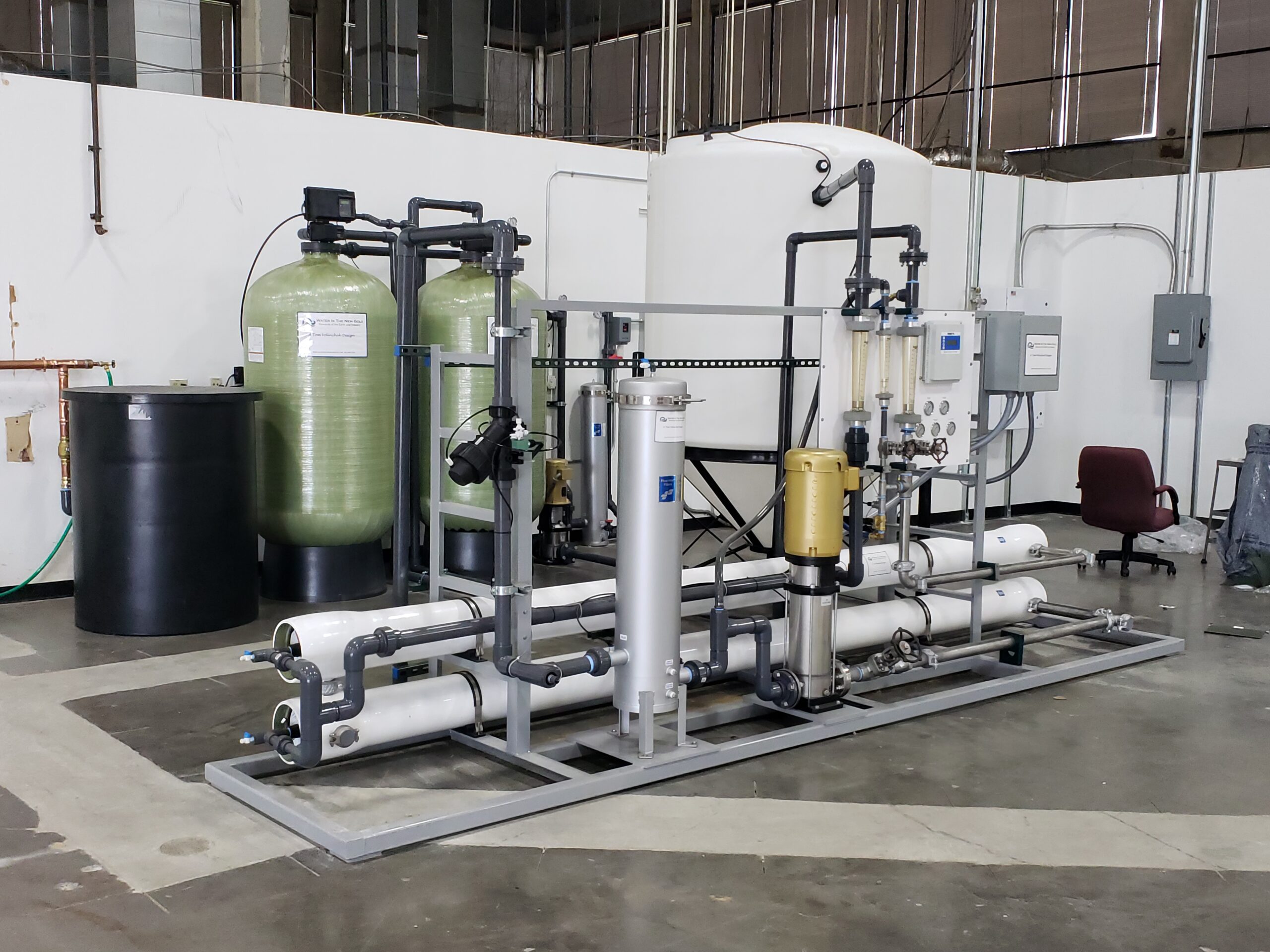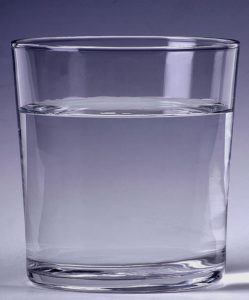Reverse Osmosis (RO) and Distillation are often competing technologies in both drinking water and high purity applications. Previous to 1970 Distillation enjoyed a very favorable advantage as the most used technology for producing high purity water. However, as the 70’s ensued, RO began the takeover which today finds the technology as the most popular in all of the water filtration industry. Let’s take a look at some of the peculiarities of each.
Distillation
Distillation produces the same quality product regardless of the water put into the boiling chamber. Distillation is impervious to the particular contaminants fed to it. Water turns into steam at 212°F and at that temperature, the majority of contaminants are left behind. The product water will be roughly 200,000 ohms/cm-cm.
Distillation is very expensive because it involves heating water up to it’s boiling point. It is an energy intensive technology.
Distillation provides water that is devoid of bacterial contamination. Many medical and laboratory applications still call for distilled water.
Reverse Osmosis
RO produces a quality of water that varies in direct proportion to the quality of water fed into the unit. On some feed waters, such as in Memphis, TN, an RO unit will produce water quality that exceeds that of distilled water in dissolved solids contamination. On other waters, such as Indianapolis, IN, an RO cannot match the quality of distillation.
RO is a very cost effective technology and in general produced water for a small fraction of the cost of distillation, (typically 1/20th the cost per gallon or less)
RO produces water that is, by manufacturer’s specification, 99% or more, free of bacterial contamination. In applications that require sterile water, RO by itself will not satisfy those specifications and will require additional technologies to do so.
Conclusions
The answer to the question, “What is the best technology to purify water” will vary depending on many factors; these include feed water quality, temperature, end-product specification, pH and other parameters.







